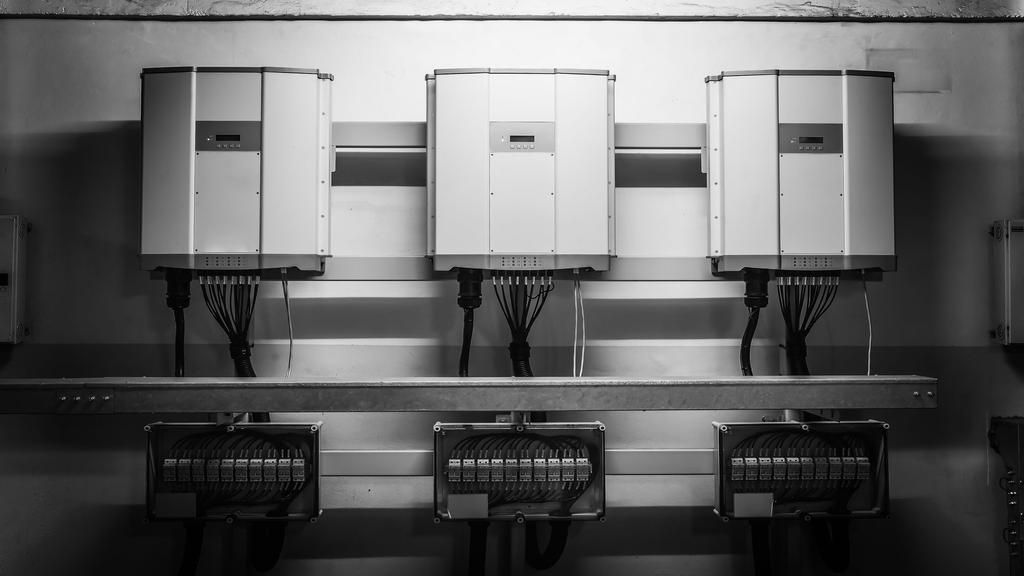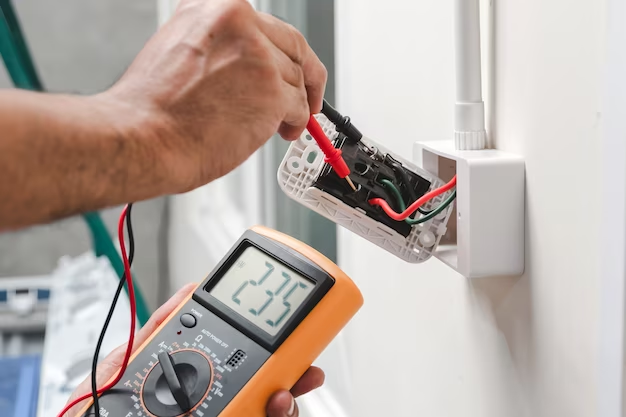Many environmentally conscious homeowners are said to be switching to solar energy because it’s renewable and eco-friendly.
If you also have a similar sentiment, one challenge that must have come your way is not being able to store the energy generated by your solar panels. Therefore, you can’t rely on solar energy when the sun isn’t shining or during the night. Fortunately, this should no longer be the case, thanks to the innovation of solar batteries.
If you’re wondering what solar batteries are and how they work, look no further. Guides from solar companies like Solar Run explains everything you need to know about solar batteries and how they work. Continue reading to get started.
What Are Solar Batteries
A solar battery is a gadget that you can use to store electricity generated by your solar panels for future use. Instances in which a solar battery can be useful include at night, during a power outage, or when there’s no adequate sunlight. The energy is stored as Direct Current (DC) before it reaches the inverter and Alternating Current (AC) once it passes the inverter.
If you’re connected to the electricity grid and your solar panels produce more than you can use, the excess energy will be directed towards the grid. This means you’ll get a discount on your subsequent electricity bill, thereby saving you money. But if you aren’t connected to the electricity grid or don’t want to send the power produced by your solar panels to the grid, getting solar batteries is vital to ensure you do harness the full potential solar energy has to offer.
Solar batteries come in two main types and these are;
1. Lead-Acid Batteries
Despite being bulky and unappealing to the eye, these batteries have been tried and tested since they’ve been in existence since the 1800s. Therefore, they’re reliable energy storage solutions for solar energy. In the past, these energy storage solutions were used to store electricity generated from wind and solar energy generators. Because of their reliability, lead-acid batteries have managed to remain relevant to this day.
Lead-acid batteries come in two types and these are:
- Flooded lead-acid (FLA) battery: It’s also referred to as the wet-cycle battery and dispenses hydrogen gas and contains a liquid. This battery needs greater care and ideally should be maintained every one to three months to continue functioning well. It also should be placed upright and stored in a well-ventilated space.
- Sealed lead-acid (SLA) battery: The valve-regulated lead-acid battery requires minimal maintenance and is also the safest, unlike FLA, because it’s leak-proof.
Lead-acid batteries have several benefits such as:
- They’re easy to recycle;
- These energy storage solutions are tried and tested, making them very dependable; and
- They’re less expensive compared to other types of solar batteries.
Likewise, lead-acid batteries have a couple of drawbacks that might make them not ideal for you like:
- They use up a lot of space and are very heavy;
- You can’t store them on their side;
- They have a shorter lifespan, unlike other types of solar batteries;
- You must mount them in a well-ventilated space;
- They’re prone to changes in temperature, which can considerably lower their lifespan; and
- They have a lower depth of discharge, usually below 60%, which is lower compared to other batteries.
The ideal situation when you should consider getting lead-acid batteries is to use them as an emergency backup storage in the event there’s a power outage or for off-grid electricity systems.
2. Lithium-Ion Batteries
If you’re looking for a solar battery either for your business or home, the lithium-ion battery is, without a doubt, the perfect pick. These batteries got their name because they feature lithium compounds as electrodes.
Despite being one of the newest energy-saving storage solutions for solar energy, these batteries are possibly the most popular because of electric vehicle manufacturers. This has allowed for greater technological advancement compared to other types of solar batteries. These solar batteries are popular due to their unique boons:
- Compact and lightweight design;
- Improved efficiency;
- A better energy density allows them to store a greater amount of energy;
- Longer lifespan compared to other types of solar batteries; and
- Good depth of discharge (DoD).
Nonetheless, lithium-ion batteries do have some downsides. and these include;
- They cost more than other solar energy storage solutions; and
- They’re more likely to catch fire because of thermal runaway if not properly installed.
You should consider getting lithium-ion batteries if you don’t have enough space in your living space thanks to their compact design. This is why these batteries have become popular residential solar installations. In addition, these batteries can store more energy, meaning they can power your home for a much longer period.
How Do Solar Batteries Work
To understand how solar batteries work, you first need to start with how the solar panels harness sunlight. Here’s a detailed overview of how the solar batteries work alongside the solar panels in a DC-coupled system:
- The solar panels positioned on your house’s roof convert the sun’s energy into Direct Current (DC) electricity.
- Then, the electricity finds its way into the solar battery to be stored as DC electricity.
- Subsequently, the DC electricity exits the solar battery and enters into the inverter apparatus, where it’s then converted into AC electricity to power your electrical appliances.
This process for an AC-coupled system is slightly different and instead follows this process:
- Solar energy strikes the solar panels and is converted to DC electricity right away.
- After that, this electricity enters inverted to be transformed into AC electricity which can be used for powering your home appliances such as the washing machine, television to name a few.
- The excess solar energy then moves through a different inverter from the inverter, where it’s converted into DC electricity that’s stored in the solar battery for use later.
- When your home appliances need to be powered, and there’s no sunlight, the DC electricity passes the solar battery’s inverter and becomes AC electricity that can power home appliances.
Takeaway
Investing in solar batteries is the only way to fully realize the benefits of installing solar panels in your home. But before you spend your hard-earned money buying solar batteries, it’s prudent you first familiarize yourself with this relatively new technology. The guide above is helpful by outlining a detailed explanation of what solar batteries are and how they work.







